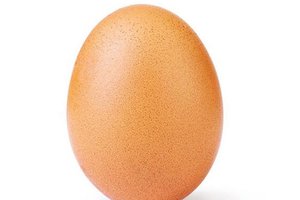I know a lot of you are pass this point in their career but I will just post this up here because I realize there are so many young persons out there searching for this bits of info.
A little theory didn't hurt anybody so... These 3 methods are the ones I use the most in my daily job and they never failed me. That's why I said to myself that I need to compile them in a short instructive video everybody could understand without too much math and chemistry. I will also list them under the Instructions section just to leave room for extra discussion and to be able to post some other written explanations related to the topic.
 Marius Taciuc
Marius Taciuc
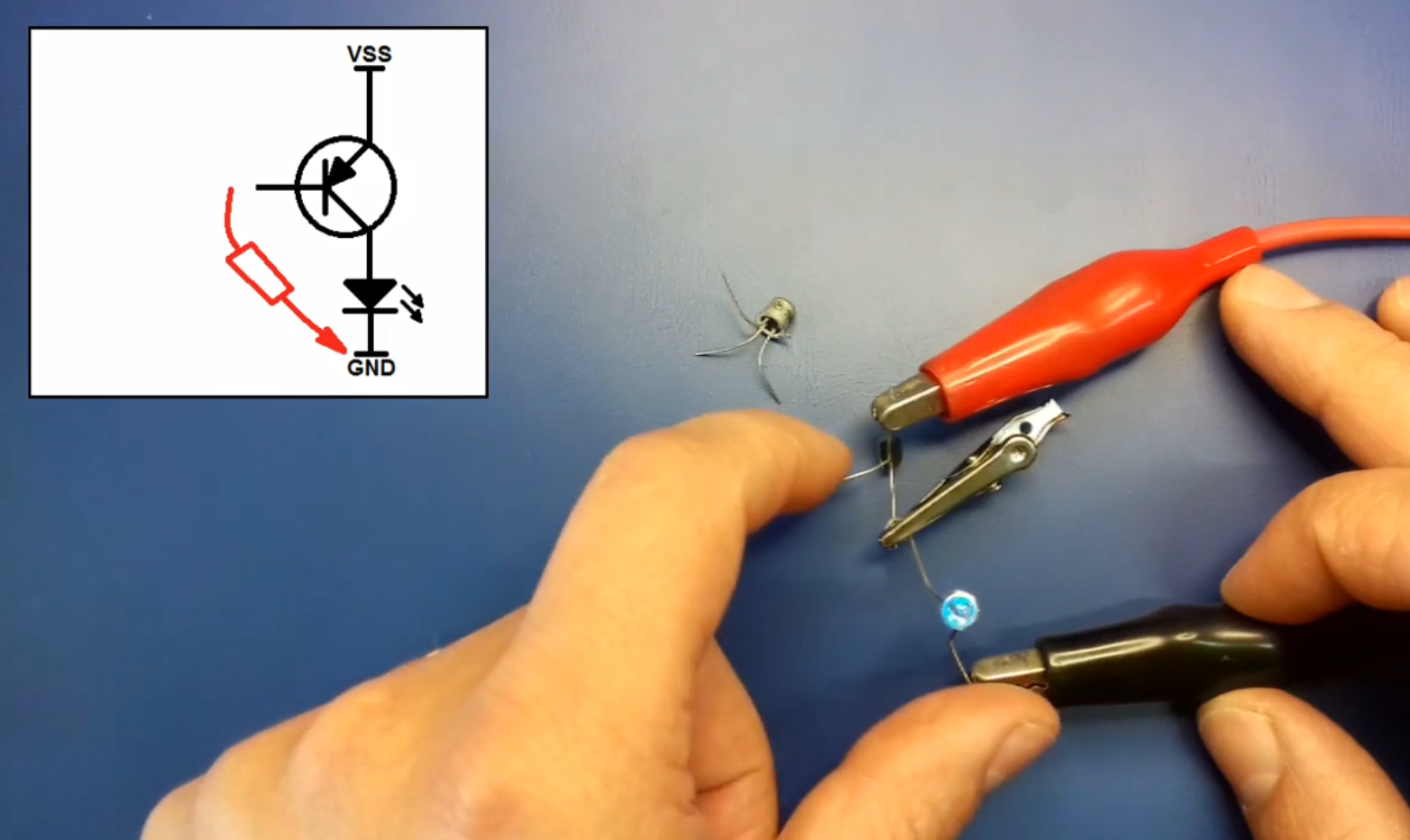
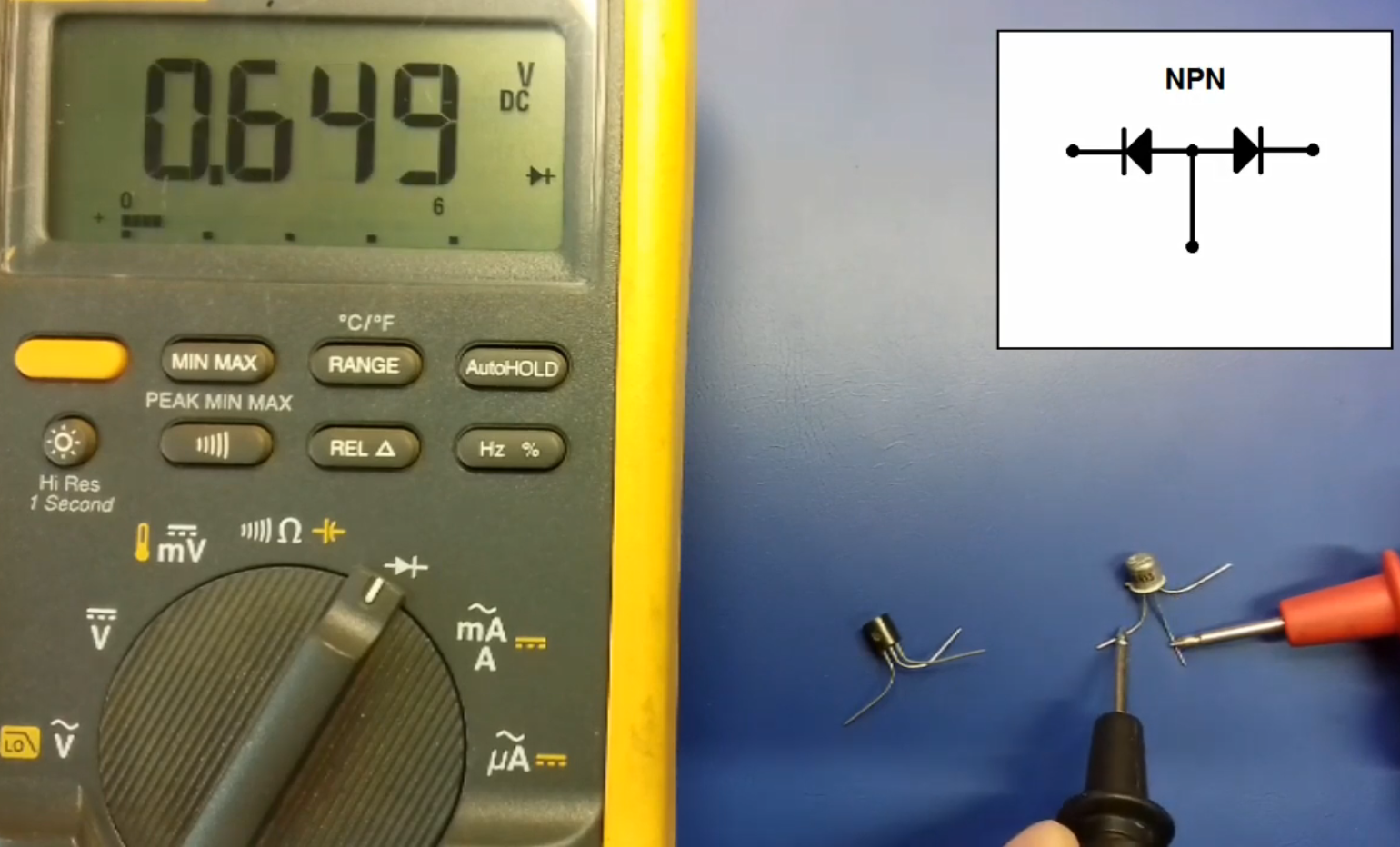
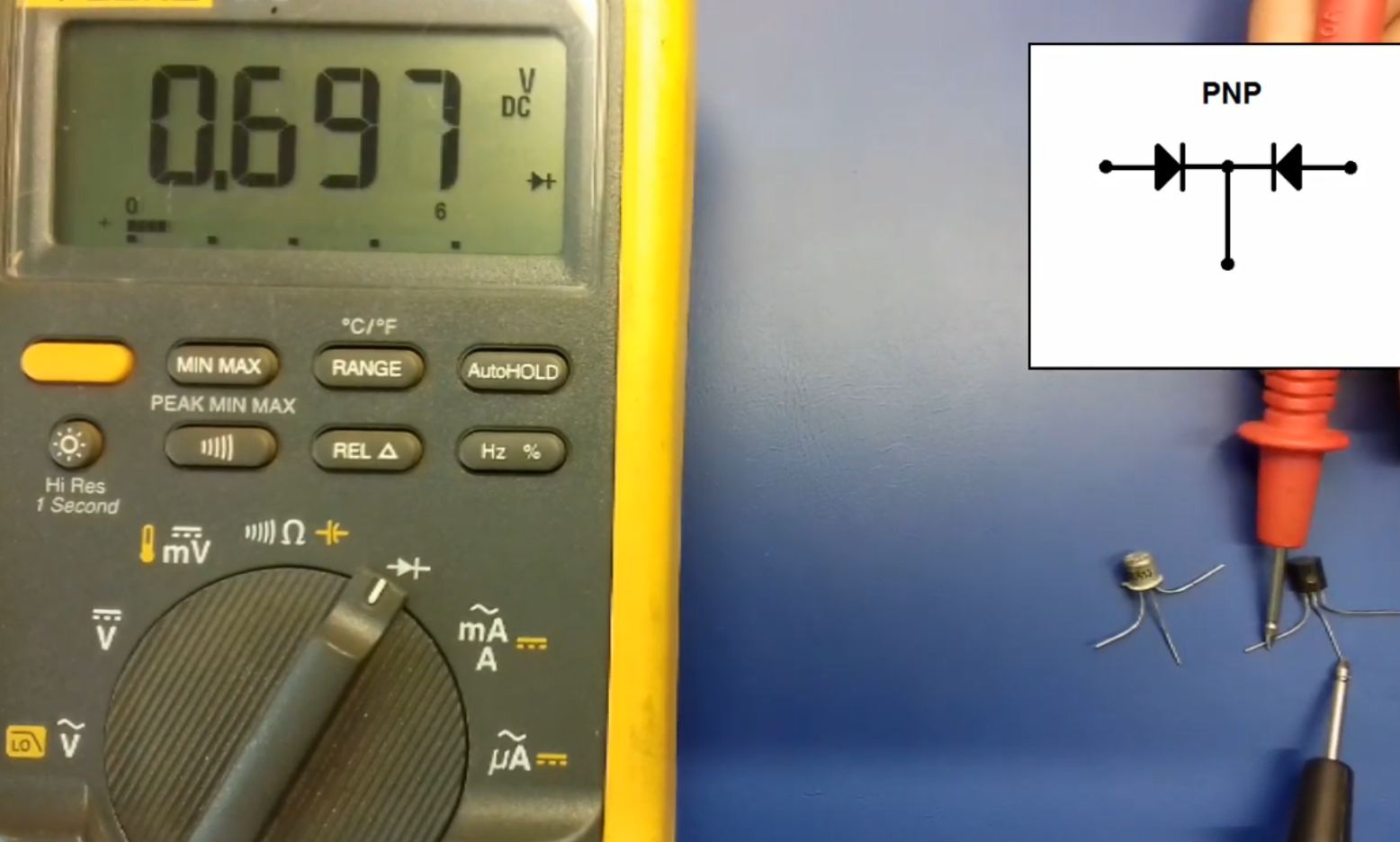
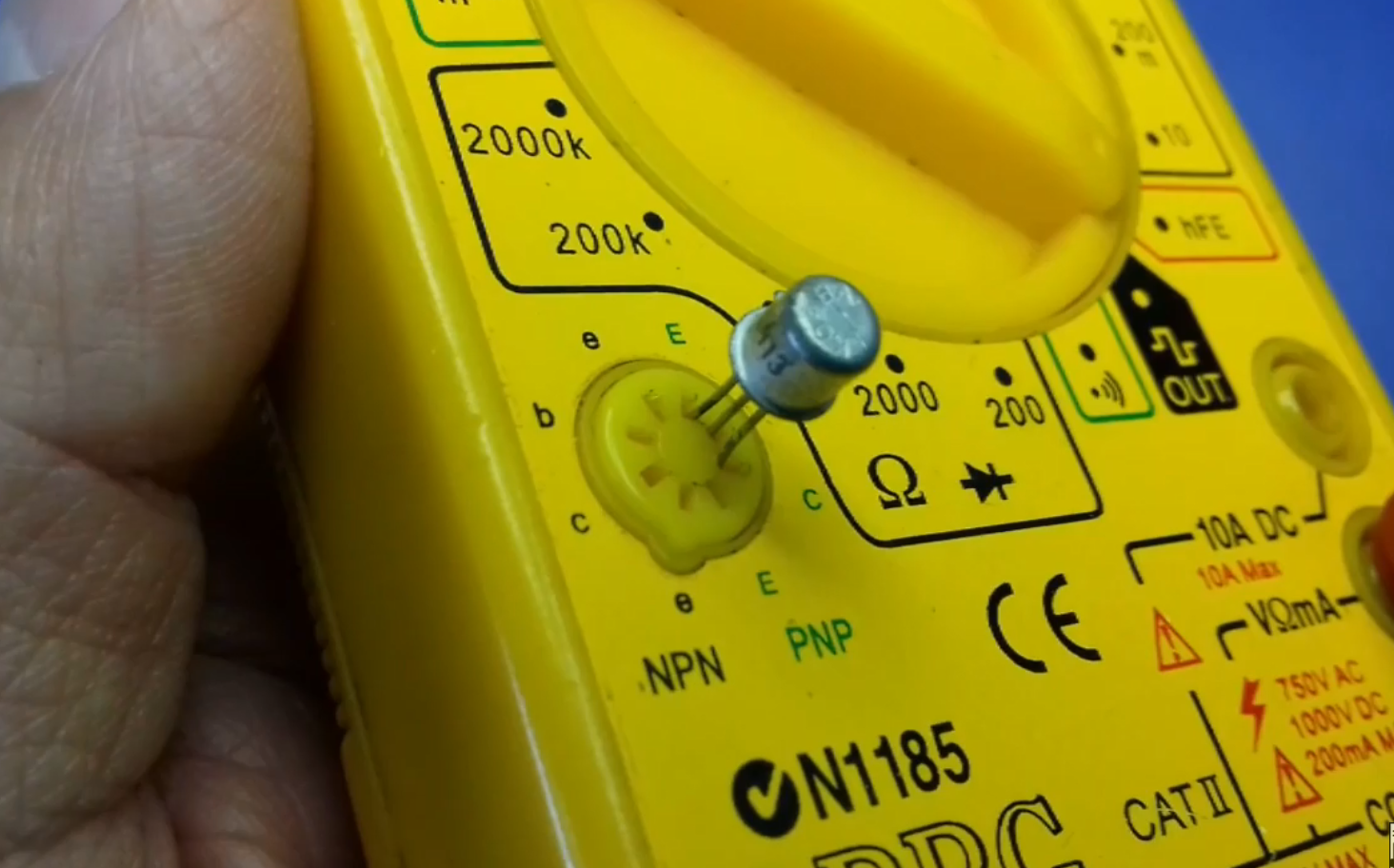
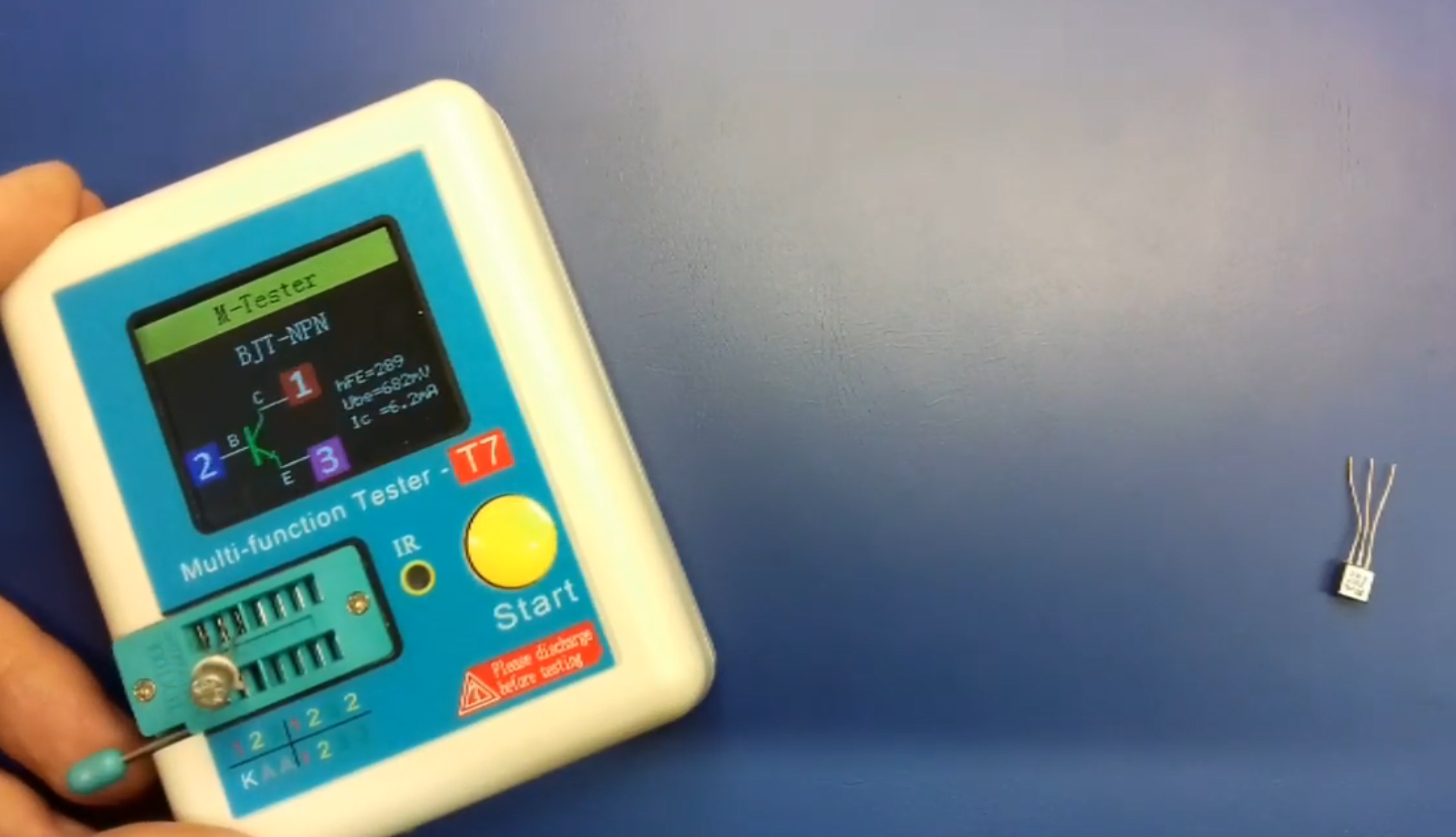
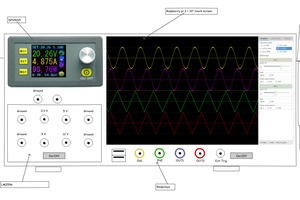
 Sanpi
Sanpi
 John Leeman
John Leeman
 Greg Zumwalt
Greg Zumwalt